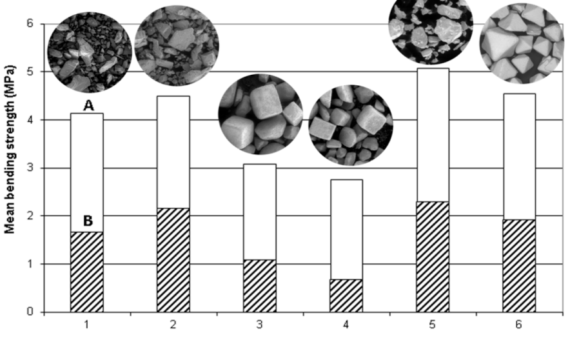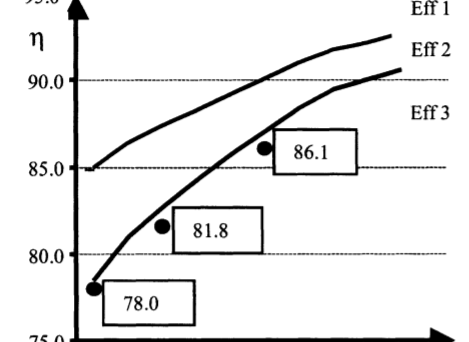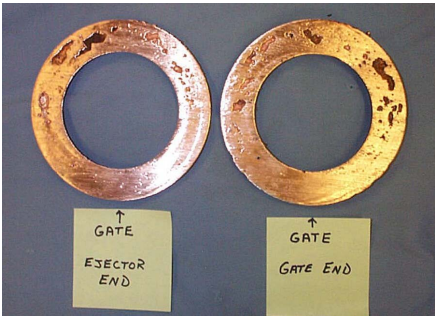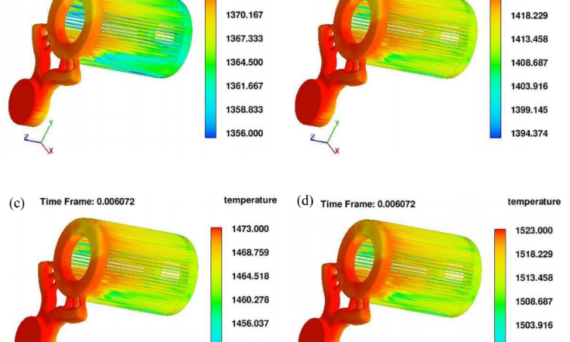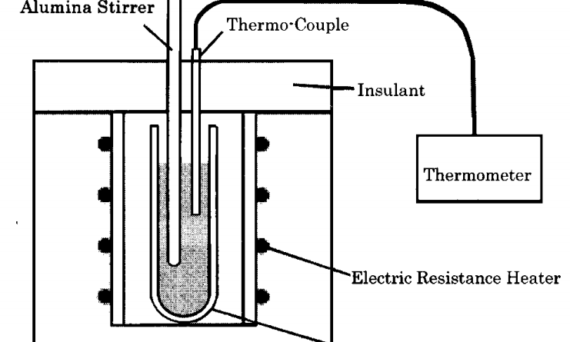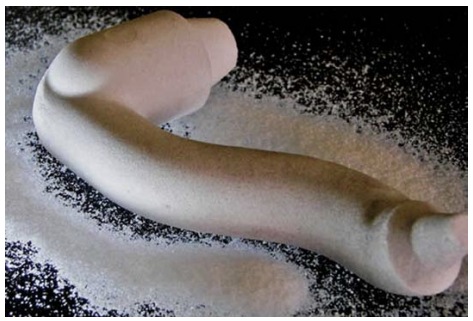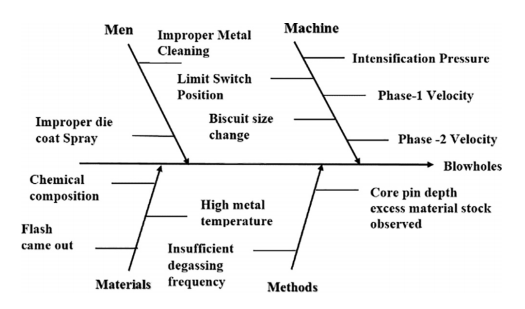Tag Archives: Die casting
Lost Cores for High-Pressure Die Casting
. Jelínek, E. Adámková*Department of Metallurgy and Foundry Engineering, VŠB-Technical University of Ostrava, listopadu 2172/15, 708 33 Ostrava – Poruba, Czech Republic*Corresponding author. E-mail address: eliska.adamkova@vsb.czReceived 04.03.2014; accepted in revised form 30.03.2014 Abstract Development of salt cores prepared by high-pressure squeezing and shooting with inorganic binders has shown a high potential of the given technology
Design of High Efficiency Induction Motors with Die-Casting Copper Rotors
고효율 유도 전동기 설계 다이캐스팅 구리 로터 Francesco Parasiliti, Marco VillaniDepartment ofElectric Engineering, University ofL’Aquila, 67040 L’Aquila, Italy Abstract The paper deals with the use of copper cage in three-phase low voltage induction motors and gives a design guideline to optimize their efficiency, according to the new European classification scheme. An accurate motor design allows
Porosity Control in Copper Rotor Die Castings
Porosity Control in Copper Rotor Die CastingsE. F. Brush, Jr., S. P. Midson, W. G. Walkington, D. T. Peters and J. G. Cowie Abstract This paper reports on the results of an investigation to minimize and control the distributionof porosity in edge-gated copper rotor die castings. A Flow 3-D computer modelingexercise was used to simulate
Numerical Simulation on Filling Optimization of Copper Rotor for High Efficient Electric Motors in Die Casting Process
Ya’nan Wu1, a, Guojie Huang1, b, Lei Cheng1,c, Daniel Liang2,d, Wei Xiao1,e1State Key Laboratory of Nonferrous Metals and Processes, General Research Institute forNonferrous Metals, Beijing 100088, China2Motor System,International Copper Association Asia, Tian Zuo International Center,Beijing 100081, Chinaaynwu19@163.com, bhuangguojie@grinm.com, cchenglei@grinm.com,dDaniel.liang@copperalliance.asia, ewxiao@ustb.edu.cn Keywords: Numerical Simulation, Copper Rotors, FLOW-3D, Die Casting. Abstract The parametric optimization of process parameter
Castability and Strength of Potassium Chloride-Ceramic Composite Salt Cores
Jun Yaokawa *, Koichi Anzai ** Youji Yamada ***Hiroshi Yoshii *** and Hiroyuki Fukui *** Development of high strength water-soluble salt cores is required for manufacturing undercutshaped products by die casting. In this study, the strength of potassium chloride core compositesreinforced by ceramic particles or whiskers was evaluated by the 4-point support bending test.Moreover, castability
Experimental and Numerical Study of an Automotive Component Produced with Innovative Ceramic Core in High Pressure Die Casting (HPDC)
by 1,*, 1, 1, 2, 1, 1 and 1 1DIMI, Department of Industrial and Mechanical Engineering, University of Brescia, via Branze 38, 25123 Brescia, Italy 2Co.Stamp. s.r.l. Via Verdi 6, 23844 Sirone (LC), Italy*Author to whom correspondence should be addressed. Metals2019, 9(2), 217;Received: 14 December 2018 / Revised: 7 February 2019 / Accepted: 8 February 2019 / Published: 12 February 2019 Abstract Weight reduction
Application of cores and binders in metalcasting
F. Czerwinski Canmet MATERIALSNatural Resources Canada, 183 Longwood Road South, Hamilton, Ontario, CanadaCorrespondence frank.czerwinski@nrcan.gc.ca Abstract This paper offers an overview of fundamentals and recent global developments of cores and binders used in metalcasting operations. The basic technical characteristics of salt and sand cores are provided along with organic and inorganic binder systems. A particular attention
Optimizing process parameters to reduce blowholes in high pressure die casting using Taguchi methodology
N. Rathinam ⇑, R. Dhinakaran, E. SharathDepartment of Mechanical Engineering, Pondicherry Engineering College, Pillaichavady, Puducherry, 605014, India Abstract Products manufactured from every manufacturing process exhibit some defects. To supply quality products to the customer these defects must be reduced. The motivation for this work is to reduce defects in end products reaching customers, thereby increasing
